-
Posts
779 -
Joined
-
Last visited
Content Type
Profiles
Forums
Events
Posts posted by Julian
-
-
However, I received a private email that really torqued my jaw. It went like this... "You should use SSS because I have a client that wants it."
Bad reason. This is an example of disrespect.
Are you sure he didn't misinterpret your saying that you don't want to use SSS on TWO to mean that you were going to drop support for SSS?
-
BTW Spherize works ok in an action....
In that case, you could copy a muscle keyframe out of the action and paste it into a pose, if you really want to make it a pose.
-
--seems to be like blobs not sure if its any different
I posted my test of the fluid emitter here in the 14.0 beta 5 download thread when the feature was introduced.
-
I need to make a pose where the loon is blown/pumped up and I vaguely recall a plugin that can do that sort of stuff. Or not. Does anyone know the name of such a plugin? Cheers.
Are you thinking of Spherize by Emilio Le Roux?
-
Have you checked the model's properties to make sure that Ignore Fog is turned off?
-
Were the glows on the warp nacelles and the Bussard collectors created by simply turning on the Glow attribute?
-
Heath, I'm glad you enjoyed Sakura-Con, and we're looking forward to seeing Hash there again next year.
Julian Fong, Sakura-Con Publicity Department
Pocket Guide Coordinator, Copy Editor / Sign Coordinator
-
p.p.s Here's some images I did a while back for the other shader, kajiya-kay. Both show of the nice backlighting that can be achieved with this shader (fast too). (why does it keep appending my posts now? ack!)
Kevin, could you please post the project you used to generate the backlit purple fuzzball? I've tried to backlight a model with Kajiya-Kay hair, but the hairs just show up black; they don't have any translucency to them.
-
The resolution of your image doesn't matter - AMT creates it's meshed based solely on the pixels in the image. Each pixel will represent 1 CP.
Uh... in that case, aren't you saying the resolution of the image DOES matter?
EDIT: OK, I see what you mean... resolution in terms of pixels per inch doesn't matter, but the density of the mesh does depend on the image size in pixels, which can also be called resolution.
-
On the other hand, I'm not sure if I'm successfully creating hooks. When I see pics of people's hooks, it's just a spline leading into another at a 90 degree angle, but with no control point joining the two. When I do it, I get a control point... what am I doing wrong?
Press Shift+A and then click and drag on a CP to extend the spline. When you weld the CP you're dragging to another spline, it'll form a hook instead of stitching in as another control point.
-
I've just created three variations of this model with lower patch counts: 152, 296 and 488 patches. It looks as though Porcelain helps make the meshes smoother at these resolutions, so all of the spheres included here have Porcelain embedded.
[attachmentid=21336]
[attachmentid=21337]
-
BTW, the swathes of nebula gas really add a nice touch to the images. Is that particle smoke or some other effect?
That's actually a decal! I started off with Axel Mellinger's Milky Way panorama, applied the Dust and Scratches filter in Photoshop to blur out all the stars, blew it up to 9600 pixels wide, added detail with fractal clouds, and decaled it onto a sphere 11 kilometers in radius, so it would lie outside the star sphere.
Babylon 5 started a trend where CG artists would stick nebulosity all over their starfields, which serves to define the shapes of objects when they lie in shadow. But a lot of the time, people overdo it and make the nebulosity too brightly colored. B5 sometimes even showed huge nebulae even when the scene is supposed to be taking place within the Sol system, and obviously you wouldn't see any of that if you looked up at night on Earth. I prefer to aim for a realistic look by using only the Milky Way and keeping it fairly faint and subtle, they way it actually looks in the sky.
-
For a tutorial, i dont think you should skimp anywhere on how you got your final product, unless there are some trade secretes you dont want to get out.
So you think I should give up on including a sample project? Because I'm using 80 megs of texture files and I don't think it'd be worthwhile to ask people to download all of them. And what I really want to demonstrate are common mistakes that can be made when using Planet Glow -- like setting the transparency too high, or not using 100% shadow darkness, or the planet casting a sharp-edged shadow -- and how to work around them. I suppose the tutorial could be in two parts, first using the sample project and then giving a full explanation of all the techniques that went into the image.
also, how did you add all those images to the AM:stills? I've been looking for the past 2 days for the upload area in there, and it seems to be gone now :|At the top of the page, there should be an "Upload File" button and an "Admin Mode" button (it'll say "User Mode" if you're already in Admin Mode.) Admin Mode is for creating and modifying galleries.
-
Wow. A tutorial with these as the images would be a big hit.
Well, now I've got a decision to make. Along with the tutorial, I was planning to include a sample project so that people can follow along with the steps. I want to make the project as simple as possible, so that anything that isn't relevant to using Planet Glow would be left out. That means I wouldn't want to include the star sphere, because I have enough difficulty explaining how to use it as it is. To minimize the size of the file I'm attaching to the tutorial posts, I also want to make the texture map files as small as possible.
I can use the Earth as the example, but it isn't going to have bump mapping or the extra layer of geometry for the city lights, and the cloud and the surface color will be baked into the same texture. There's a low-res star map I can use as a backdrop, but it has a lot of JPEG artifacts. What I'd end up with is a tutorial with this as the image:
I dunno, does that look okay to you? I want to have some kind of backdrop instead of a plain black background, because it would help illustrate the use of transparency with Planet Glow.
I should also point out that the blue haze that covers the edge of the Earth is an edge threshold gradient material. This means that the technique I'll be demonstrating uses a projection map instead of a decal to apply the surface texture. It's my understanding that a lot of people who render planets want to use a decaled texture, but I can't apply a gradient material over a decaled surface because decals always override materials. With a projection map, you can't get a realtime display of the texture, so you don't know what part of the map you're looking at until you render it. Now, I've tried adding an extra transparent sphere over a decaled surface, with the gradient applied to that sphere, but that slows down the render a lot for some reason.
-
I've just created a new gallery of astronomical art on A:M Stills with renderings of all EIGHT planets. (I've been working on these for the last few years, before the whole Pluto debate got started. I didn't include Pluto because any textures would be fictional until New Horizons arrives there in nine years' time.) Since I'm not trying to make a scale model of the Solar System, each planet and its system of satellites is a separate choreography modeled at a scale of 1/1 million (1 meter = 1000 kilometers).
Here are some samples:
I'm putting these renders up now because I've recently figured out some methods for using the Planet Glow shader effectively. Searching through old forum posts, I haven't seen much discussion about Planet Glow, there doesn't seem to be any documentation about it, and I don't recall seeing anybody using it in the last few image contests. If there's any interest, I could post some text tutorials to the Tutorials forum when I have time.
In the future, I'm planning to add renderings of the Earth's Moon (I had some, but I'm redoing them with higher-res textures), and eleven of the moons of Saturn.
-
By that token, Earth isn't a planet because it hasn't cleared the Moon from its orbit.
Charon qualifies as a co-dwarf planet with Pluto, because Charon and Pluto orbit around a common barycenter which lies above Pluto's surface. "Clearing a planet's neighborhood" in this context refers to clearing all the other objects in the debris ring within the early solar system that condensed to form that planet. The Trojan asteroids don't apply because they were probably captured later.
When the Earth's Moon was formed from a collision between the Earth and a Mars-sized object, that would probably have been Earth's last major neighborhood-clearing event.
-
As I understand it (and I may be wrong) pluto is classified as a dwarf planet because it hasn't cleared its path of other objects (in this case being neptune)?
When they say Pluto hasn't cleared its "neighborhood" of other objects, they're talking about Charon and the entire rest of the Kuiper Belt.
-
Wow... nicely done Julian... did you write a program to generate that?
No, as I mentioned in the old thread, I'm still using the Spherize plugin from Emilio Le Roux.
Oh, I thought of something else this can be used for: optics -- minimizing distortion in the image when the model is used as a spherical lens or mirror. I haven't tried this myself, though. Conceivably, this type of sphere can also be used as the cornea of an eyeball, but the "basketball" topology would probably be simpler.
-
Last year, I posted in this thread about making a sphere with a uniform CP density. I've been able to improve upon the "volleyball" sphere by using beveled edges to eliminate the dead-end splines at the corners. Here's a more or less uniform sphere with 1,352 patches (i.e., 60 CPs around the equator):
[attachmentid=20008]
[attachmentid=20009]
This primitive can be used in applications such as cloth simulation, or it can be used in conjunction with Marcel's Conform plugin (US$15.00) to simplify the geometry of an irregularly-shaped polygon model such as an asteroid or small moon.
-
Don't use booleans... Too many caveats. This model looks great.
Since this is a depiction of the Battle of Wolf 359, these ships are going to sustain massive battle damage. Would it be feasible to use Booleans to cut pieces out of their hulls?
-
i forgot what the name of the fish was, so i just call it a "leech fish" for it latches itself onto other creatures, mainly fish.
You mean a lamprey?
-
but since there doesnt seem to be any objection, i'll stick with cameron as a reference.
Wouldn't it be better to use someone who looks more like the character as a reference? A dark-haired woman with a narrow face, like say, Audrey Hepburn, Jennifer Love Hewitt or Lacey Chabert.
-
What happens if you create a blank choreography, put both Woot and the hair into it, and then export the choreography as a model?
-
Is the whole thing a single model, or are you assembling separate models in a choreography?









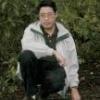

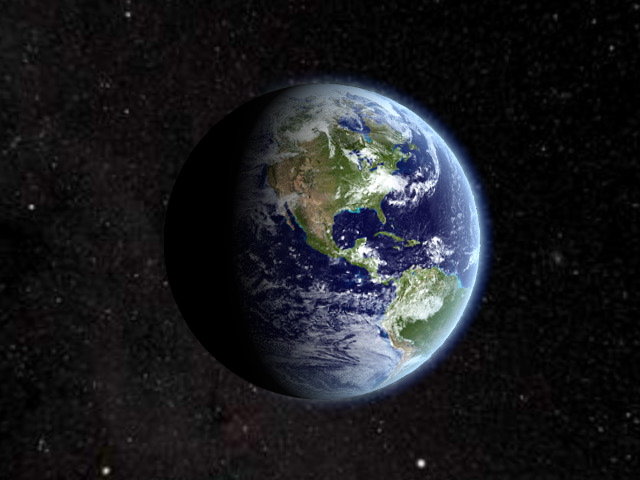
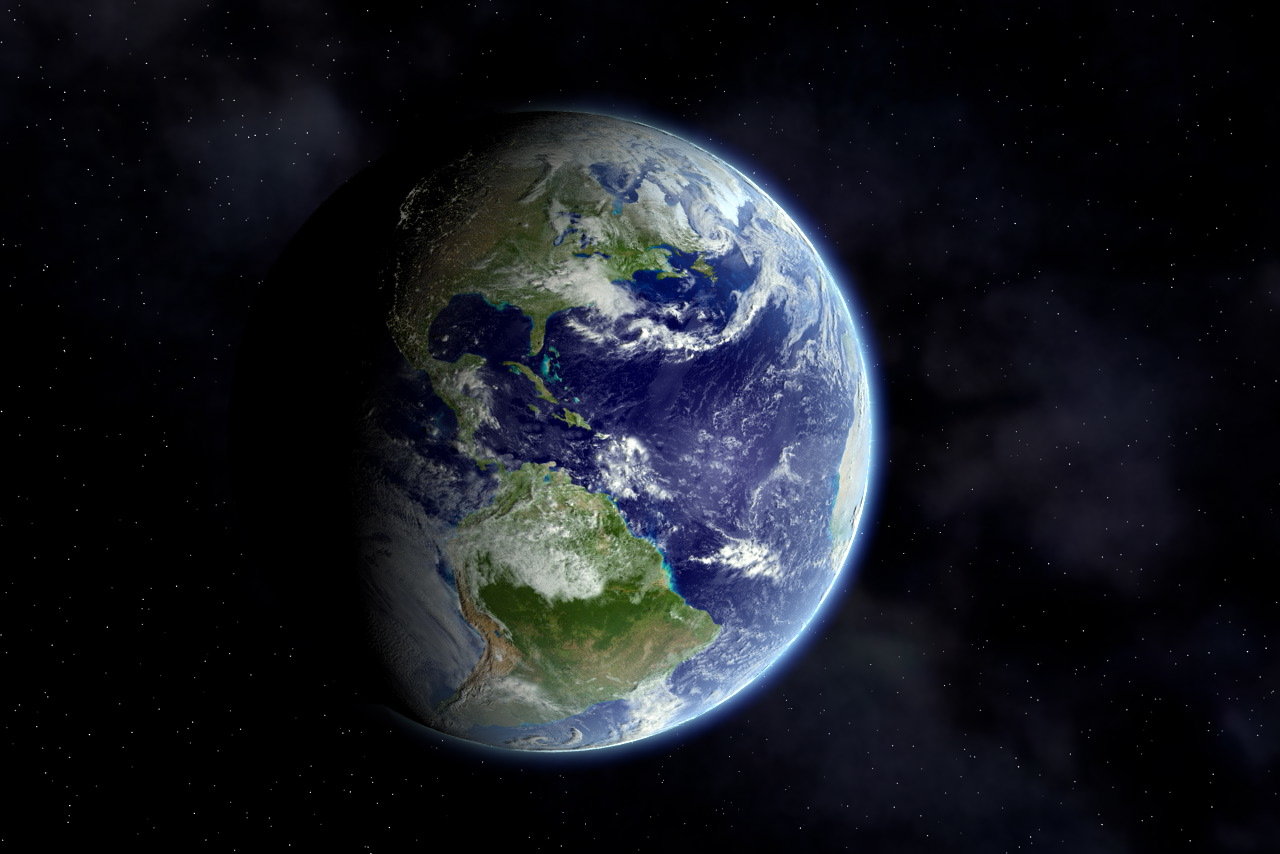
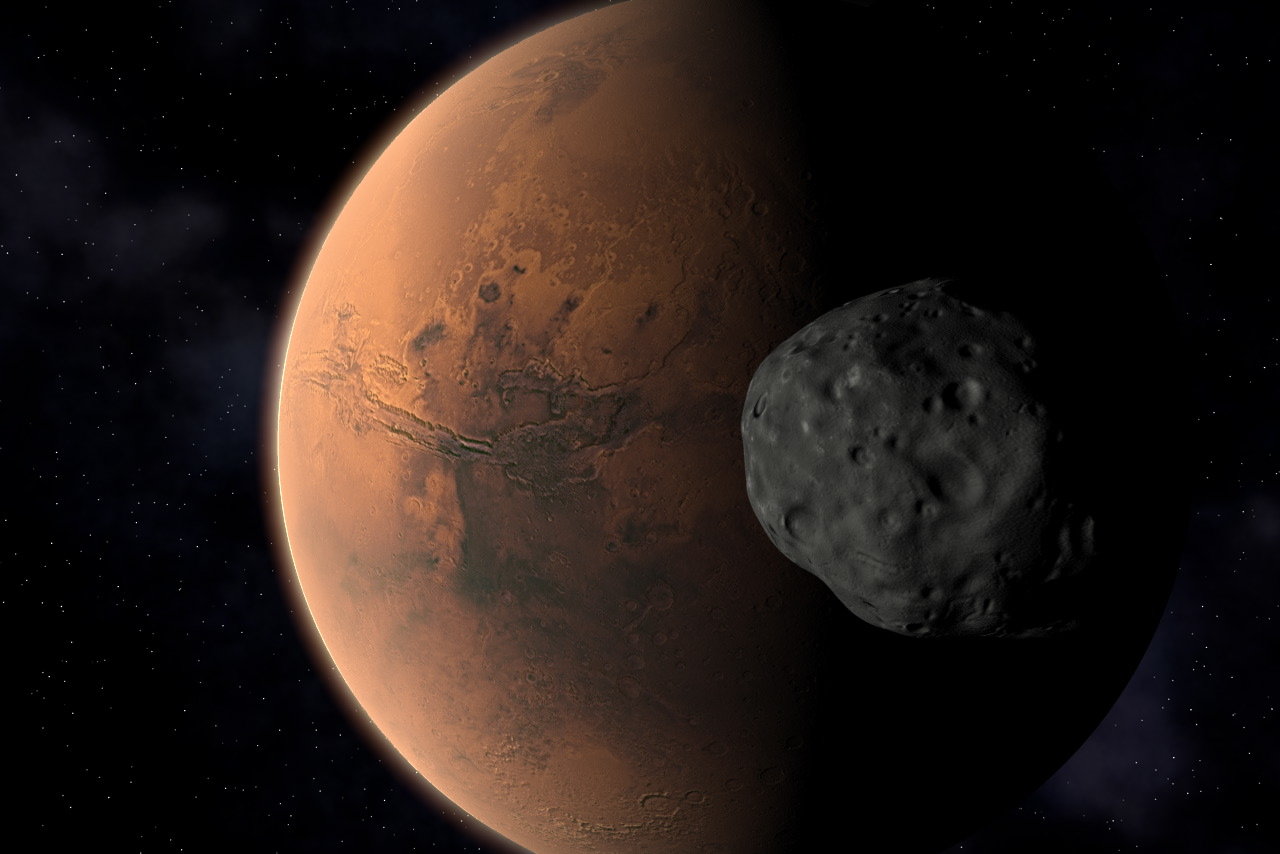
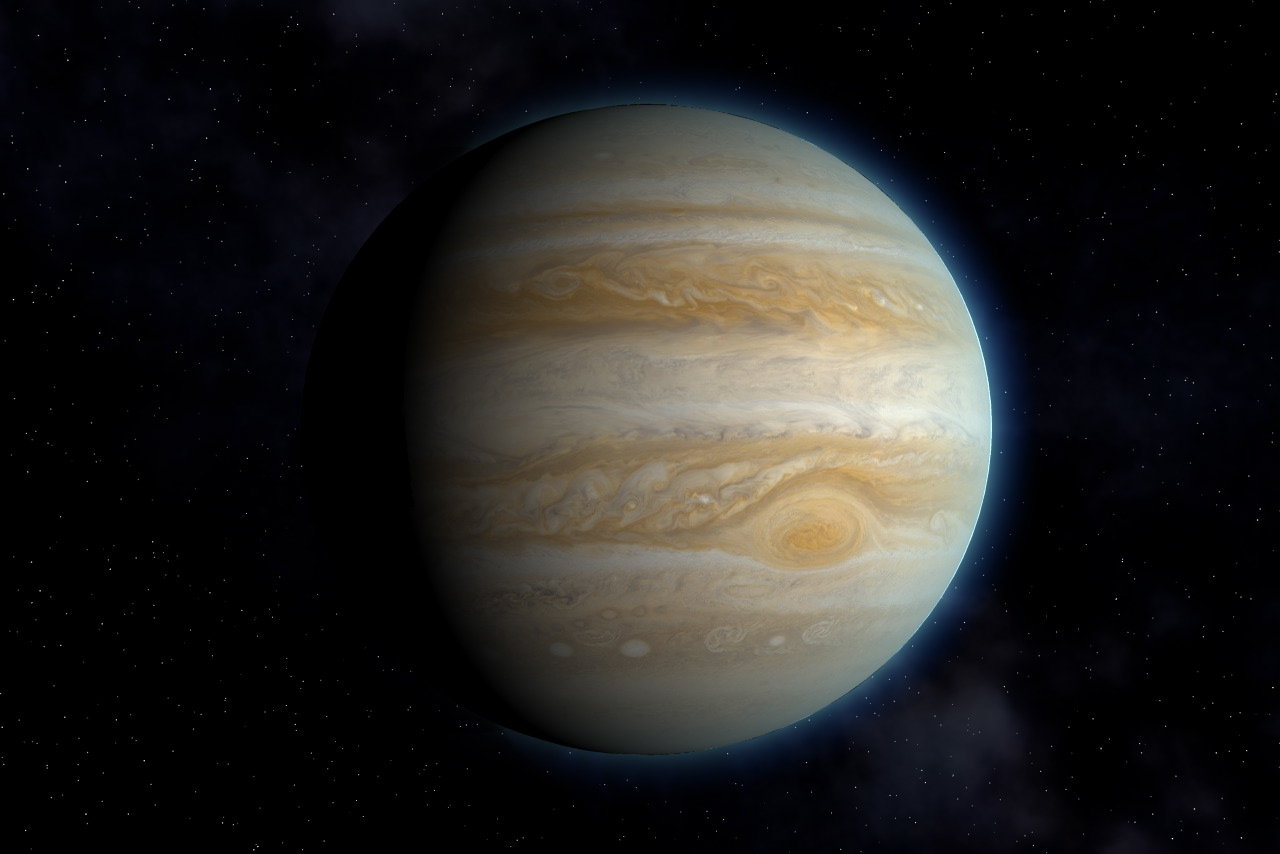
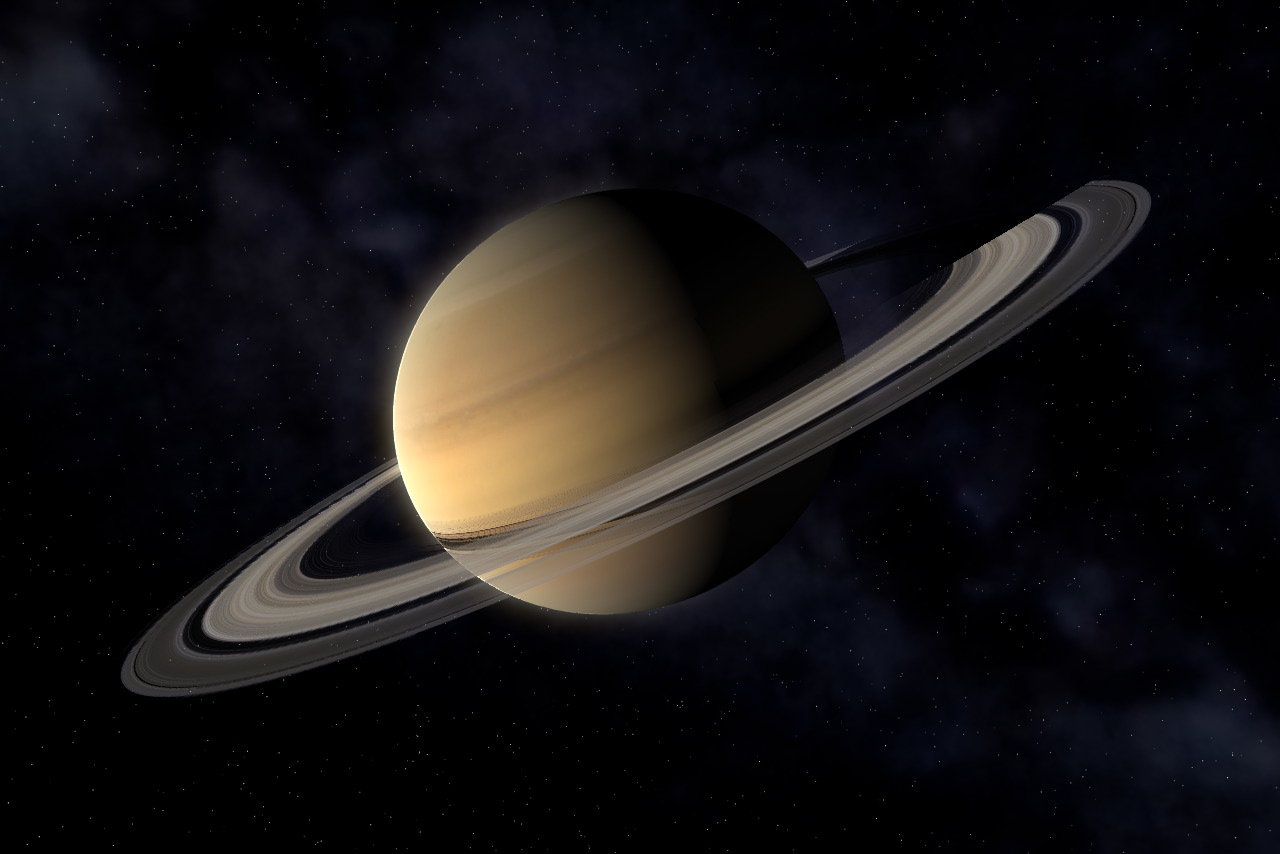

Hackfest
in TWO: General Discussion
Posted
Does this have to do with these reports?
http://www.hash.com/reports/view.php?id=3410
http://www.hash.com/reports/view.php?id=3477
http://www.hash.com/reports/view.php?id=4114